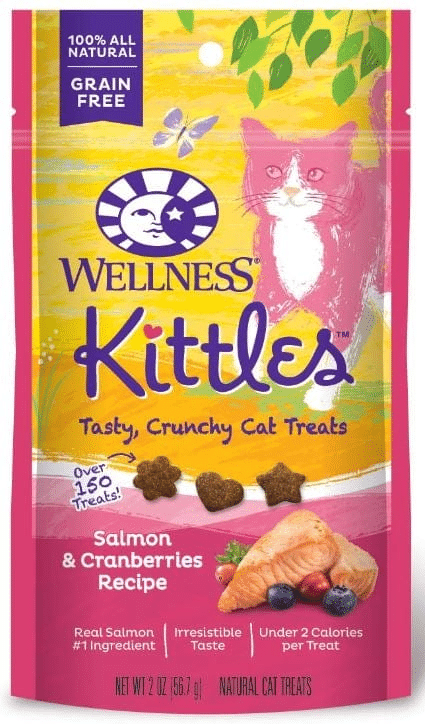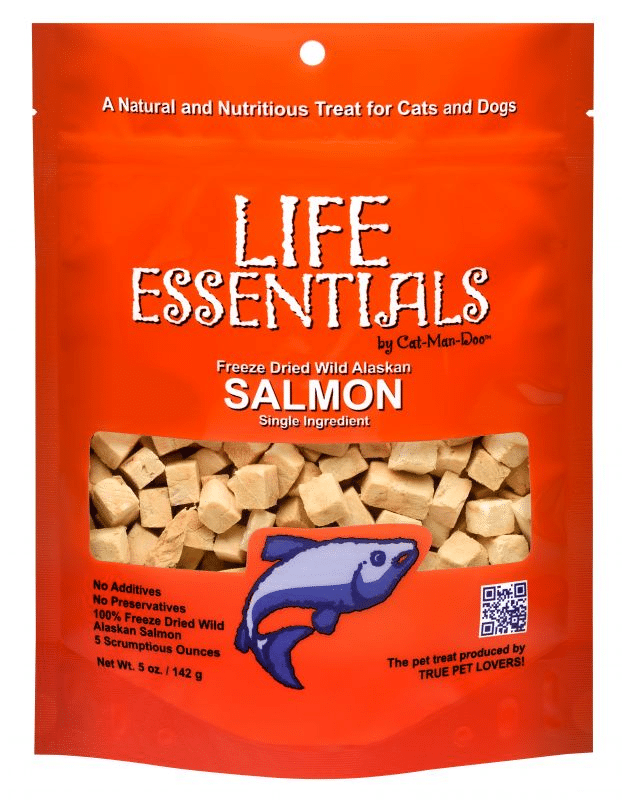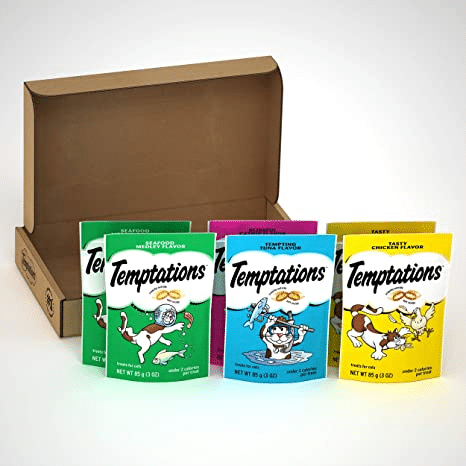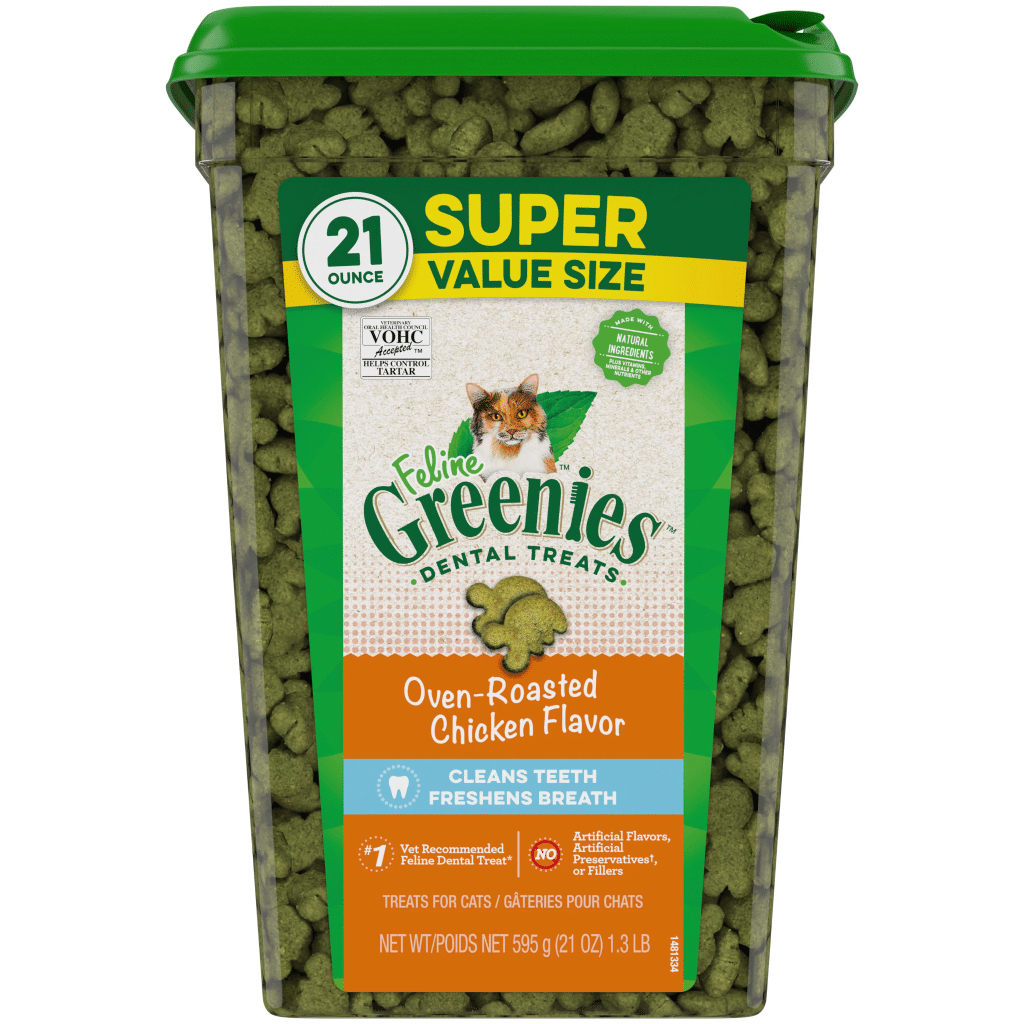Regardless of the animal, you are training, motivation is essential. We use positive reinforcement as a reward-based trainer when we find a reward the animal enjoys.
The same principles apply to cats as to dogs, making food an excellent choice for training. There are many good ideas for cat treats, such as tuna, prawns, chicken, freeze-dried meat, and freeze-dried fish.
A plastic syringe can be used to deliver a meat paste or wet cat treats that come in tubes. Discover what your cat likes by experimenting.

Source: google.com
Positive Reinforcement Training
To ensure that the desired behaviour will be repeated in the future, positive reinforcement training involves adding a reinforcing stimulus (usually a treat or praise) to achieve the desired behaviour. It is not rocket science: you reward visual behaviour that agrees with you. This type of training has been shown to produce far more potent and longer-lasting results than punishment. You can, for example, teach your cat that in the long run, you want them to sit on their cat tree for the duration of you eating dinner, as opposed to shooing them away from the table. The rewards of positive reinforcement training are immense, but it can be a bit of a challenge.
When Training Cats, Make Sure The Treats Are The Right Size
A reinforcement food’s size is one factor. Primarily if you are used to training dogs, it’s common for people to use large pieces of food. Using small cat food rewards is appropriate for cats because they are small.
Unfortunately, some cat treats are also quite challenging to break into smaller pieces, making them unsuitable for training. If you are using tuna or chicken pieces, you can easily pull them apart into tiny pieces.
Providing Treats To Cats When They Are Being Trained
The delivery is another issue, as well as the size of the treats. When it comes to food, cats are sometimes a bit grabby. In the same way, puppies are trained to take treats neatly from their hands, and most haven’t been taught this since childhood.
Cats may be a bit… bitey. If they reach out for it with their paws, their claws may not necessarily be sheathed, depending on the type of cat. Whatever the case may be, ouch!
Using a spoon, wooden spatula, or ice lolly/popsicle stick can be helpful when feeding your cat. You won’t have to use your fingers this way!
You can also save your hands from claws by licking wet food treats directly from the tube or syringe.
You can use a long stick or target stick to deliver treats to a fearful cat without getting too close if you need to keep your distance.
Body Language Of Cats
If a cat is excited about its training, it may grab the food or display more activity with its claws. If your cat shows signs of excitement, stop training before they get to the point of grabbing or swiping you.
You Can Train Your Cat With These Four Great Treats:
The best small cat treat
It is easy to feed your cat small cat treats, and your cat can quickly eat them so that you can get right back to training. When you give many treats within a short period of time, smaller treats contain fewer calories than larger ones. It is often better to give kittens smaller treats as well.
You can’t go wrong with Wellness Kittles if you’re looking for quality small treats. Salmon and cranberries, duck and cranberries, turkey and cranberries, and duck and cranberries are among the tasty flavours available. Natural fruit, vegetables, and meat are used to make these treats; each treat contains just two calories. It’s perfect for kittens and indoor cats to enjoy these grain-free crunchy treats.

Source: google.com
The best healthy cat treats
It’s always a good idea to feed your cat nutritious treats, but many formulas contain fillers such as corn and soy that don’t give your cat the nutrition he needs. Treats used as training aids should not contain these fillers since your cat will probably consume many of them. If you prefer freeze-dried treats, opt for those made with a single ingredient, such as chicken, fish, or turkey. You’ll know exactly what you’re feeding your cat when you use these treats.
It is a great option to feed your pet freeze-dried Alaskan Salmon Treats from Life Essentials. These treats have no preservatives or fillers and are made entirely of freeze-dried salmon. A tasty training treat or daily snack, these cubes are crunchy. You can feed your cat multiple treats without worrying about the cat gaining weight since salmon is low in fat, calories, and carbohydrates. Also, fish oils have anti-inflammatory properties and promote a shiny coat.

Source: google.com
The best v cat treats
The cost of cat treats can be prohibitive, especially if you have more than one cat at home. Choosing treats that balance value and quality is a wise move, and many treat value packs provide excellent value for your money. Instead of buying one giant bag of treats, look for options that offer multiple more miniature packs. The treats stay fresh for longer when you open multiple packs. The longer you wait to consume a larger single pack of treats, the more likely they will go wrong or stale.
Four 3-ounce packs make the Temptations Classic Crunchy and Soft Treats Variety Pack an excellent choice. Plenty of variety keeps your cat intrigued, including seafood medleys, tasty chicken, creamy dairy, and tempting tuna flavours. Treats contain only two calories, making them ideal for training.

Source: google.com
The best treat for dental health
You can train your cat to boost his mental health, but you can also boost his dental health with the proper treats. The exterior textures of many treats are designed to help your cat scrape food off its teeth. While training, you can reap multiple benefits from feeding one of these treats.
The Feline Greenies Adult Dental Cat Treats are an excellent example of this. Cleaning teeth and reducing tartar build-up, these crunchy treats freshen your cat’s breath. Their natural ingredients and nutritional balance make them a healthy choice. Each of these treats contains less than two calories and no artificial flavor.

Source: google.com
Choosing The Proper Training Treats
You can make training more accessible by giving your cat treats he truly enjoys. Make sure you follow the manufacturer’s feeding instructions when choosing your treats, and don’t exceed the recommended daily serving. Ensure your cat continues to eat regular food and isn’t just filling up on treats by monitoring him. You should reduce the number of treats you feed him daily if his appetite seems to be declining. Teaching your cat a new trick or behaviour may be possible if you are consistent and patient in your training.
Are Treats For My Cat Terrible If I Give Them Every Day?
Cat owners should understand the difference in contents between healthy cat treats and cat foods. Specially formulated cat foods have met the nutritional requirements of our felines. This composition does not apply to cat treats. Some foods have a high protein content, while others have a high carbohydrate content.
There is something delicious about cats’ treats because they contain flavour enhancers. Typical treats include cooked fish, biscuits, catnip, and milk. A pet’s diet can be messed up by overeating these treats.
Pet cats should always be given treats in moderation and moderation only. In general, veterinarians and pet nutritionists recommend that cats consume only 5 to 10% of their daily calories from treats. Malnutrition, obesity, and other diseases can be caused by eating too many of these addictive treats.
Is It Possible To Train A Cat Without Treats?
Food certainly provides good motivation when we want to teach our pets good behaviour and some fun tricks. They also receive encouragement from other sources.
According to pet experts, cats are also motivated by our attention whenever we ask them to do something. When cats do something good, they enjoy being praised and hearing “Good kitty.” Petting is also a favourite pastime for some cats. Their chins and heads love being scratched.
It would be best to reward them immediately when they perform the desired behavior you want them to learn. Also, it would be best if you taught other family members to reward your cat consistently so they won’t become confused when they’re teaching it.
A maximum of 15 minutes should be allotted for training felines. According to some, cats have short attention spans. Your training time will lose her interest if it is too long. Short and sweet is the key to a successful session.
This only shows that treats aren’t necessary to train your cat. It is important to note that punishing your cat for not following your instructions is never a good idea. With positive reinforcement, they learn best.
Conclusion
You can train your cat with healthy cat treats, such as Cat-man-doo Bonito Flakes, Greenies Feline Natural Dental Care Cat Treats, and Temptations Classic Crunch and Soft Cat Treats. It is excellent to use them as incentives since they complement your pet’s diet. However, they should be given in moderation.
FAQs
Are there any treats that cats find irresistible?
Picky cats like to avoid anything unfamiliar about what it eats. It is recommended that cat owners feed their cat’s canned food with a small amount of a new flavor. A cat’s taste buds will be satisfied, and the cat owner can gradually introduce new flavors.
Is it okay to give cats freeze-dried treats?
Freeze-dried cat treats are a favourite among cats. Each of these treats is made from the best ingredients and comes in various flavors so that you can satisfy any feline. Online shopping is also an option, as well as making your own at home or purchasing them from pet food stores.
Is it okay to give my cat treats as a meal?
Your cat can be fed treats as a meal as long as you are careful about the treats you give him and the quantity you give. It would be best if you talked to your veterinarian before feeding your cat treats as a meal since there is not a lot of research on this.
